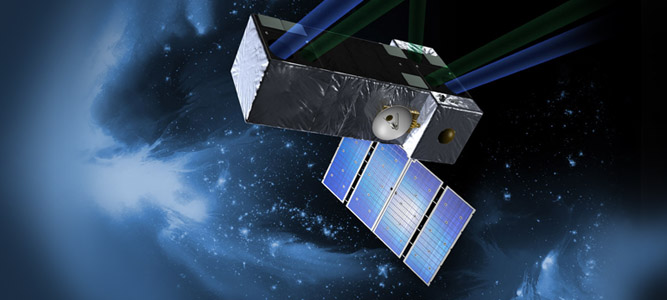A revolutionary spacecraft housing a high-precision optical interferometer will give astronomers the ability to precisely map the location and motion of stellar objects, and search for signs of earth-sized planets around stars close to the sun.
NASA's SIM Lite Astrometric Observatory (formerly called the Space Interferometry Mission) currently under development, will determine the positions and distances of stars several hundred times more accurately than any previous program. This accuracy will allow SIM Lite to determine the distances to stars throughout the galaxy and to probe nearby stars for Earth-sized planets. SIM will open a window to a new world of discoveries from planets around nearby stars to the behavior of quasars billions of light years away.
This breakthrough in capabilities is possible because SIM will use optical interferometry. Pioneered by Albert Michelson, who became the first American to win the Nobel Prize in physics in 1907, optical interferometry can fulfill its full potential only outside the distorting effects of Earth's atmosphere. There, it can combine light from two or more telescopes as if they were pieces of a single, gigantic telescope mirror. Developed for use in space with SIM, this technique will eventually lead to the development of telescopes powerful enough to take images of Earth-like planets orbiting distant stars and to determine whether these planets sustain life as we know it.
The SIM Lite spacecraft will fly two interferometers with two telescopes each, mounted on a Precision Structure Subsystem (PSS). The maximum separation between telescope pairs, which determines the basic resolution of the interferometer, is planned to be 6 meters. With interferometers of this size, SIM PlanetQuest will be able to detect the motion of stars in our galaxy over less than a day's observing time. Rotating the spacecraft while looking at a single target allows its interferometers to act as a single 6-meter telescope, much larger than the 2.4-meter instrument aboard the Hubble Space Telescope.

